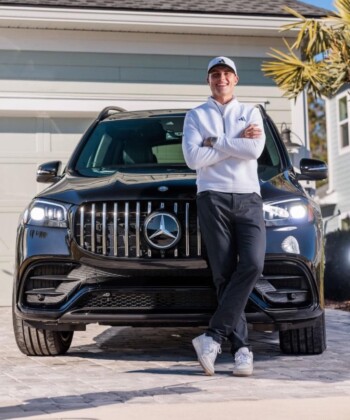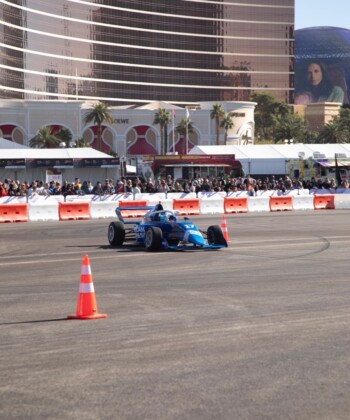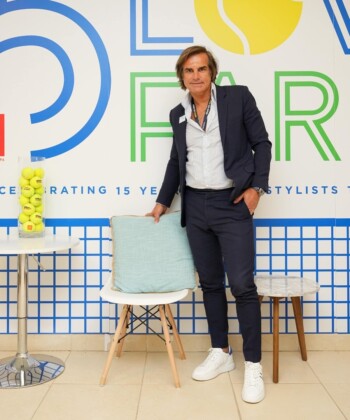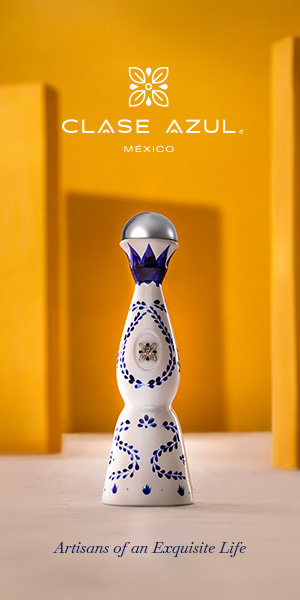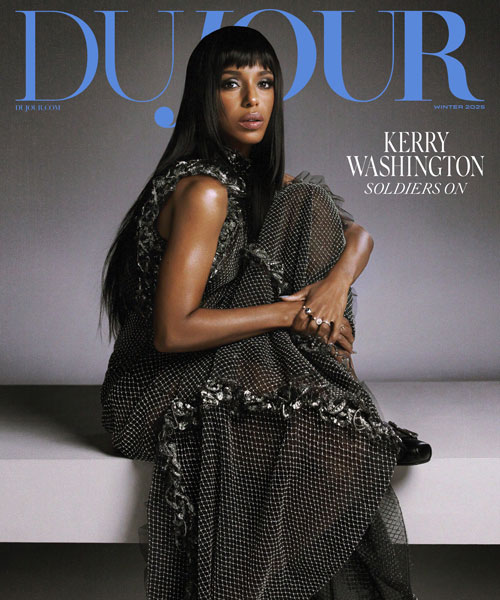Corporate sponsorship is the lifeblood of the Olympics, funding most of the training and facilities nowadays, but it’s rare that the sponsor, outside of writing a big check, can actually contribute towards athlete’s performance. BMW’s involvement with USA’s two-person men’s and women’s bobsled teams seems like prudent marketing—speed and handling under the extreme conditions of an icy bobsled track. But the nearly three-year collaboration leading up to the Sochi Games was less a marketing exercise as it was an opportunity for both sides to apply and challenge their respective expertise.

Michael Scully, photo courtesy of BMW
Michael Scully of BMW’s Designworks, the company’s industrial design consultancy often for projects outside of the auto industry, had the perfect background to take on a redesign of Team USA’s two-man bobsled. In his teens, Scully was a Burton-sponsored snowboard racer, and after studying industrial design at Carnegie Melon, he began designing racecars, working in BMW’s development racing series as well as on a hydrogen-powered world speed record car in 2004.
Although well poised to take the project on, Scully readily admits that redesigning the teams’ sled wasn’t a simple overlay of BMW’s auto technology. It wasn’t till he took a bobsled ride himself at Lake Placid did he understand the complexity of a sport that, to outsiders, looks like winter sports equivalent of going over Niagra Falls in a barrel.
“A racecar is designed for a pretty narrow envelope of performance, straight ahead, with some pitch and some yaw,” he says. “A bobsled, though, is changing direction so quickly and frequently that it’s almost never traveling in a straight line, so it presents a whole new challenge in what the shape should be. Aerodynamically, it was a great new experience for me; making something that was optimized for this huge variability of positions brought some new exposure for me outside of my previous experience in car racing.”
Once Scully began to understand the design challenge at hand, he was able to use carbon fiber fabrication technologies, such as autoclave curing, that BMW has been developing to make stronger and lighter cars. Prior to the Sochi Games, most sleds have been made of fiberglass, however with these new technologies at their disposal, a world of new design possibilities opened up, allowing the sled both inside and out to be reconfigured for better speed and control.
Feedback from Team USA driver Steven Holcomb was integral the whole way. Battling a degenerative eye disease earlier in his career, Holcomb had learned to drive almost solely by feel, developing what Scully refers to as a near “sixth sense” about the performance and handling of the sled on the track. “He’s so incredibly perceptive,” says Scully. “And he’s able to communicate those perceptions back to us, so we’ve been able to make actionable improvements based on that.”
It’s that direct relationship with Team USA that has been the biggest payoff for Scully and BMW’s Designwork, “I love anything that’s designed for competition in mind. You get very purposeful shapes within a competitive environment. There is a true reason behind every shape, every line and every contour. As a designer it’s fantastic, there’s nothing extraneous—I love that part of it.”
Team USA didn’t do too badly on their end of the deal, either and is coming home from Sochi with three medals in the sport. Steven Holcomb and Steven Langton won the men’s bronze, Elana Meyers and Beatrise Williams won the women’s silver, and Jamie Greubel and Aja Evans won the women’s bronze, which breaks a 62-year medal drought for Team USA in two-person bobsled. A round of hefeweizen on the house?
MORE:
Inside BMW’s New Electric iSeries
Test Driving the 2014 Maserati Ghibli
High Art: BMW’s 2013 Art Car

































